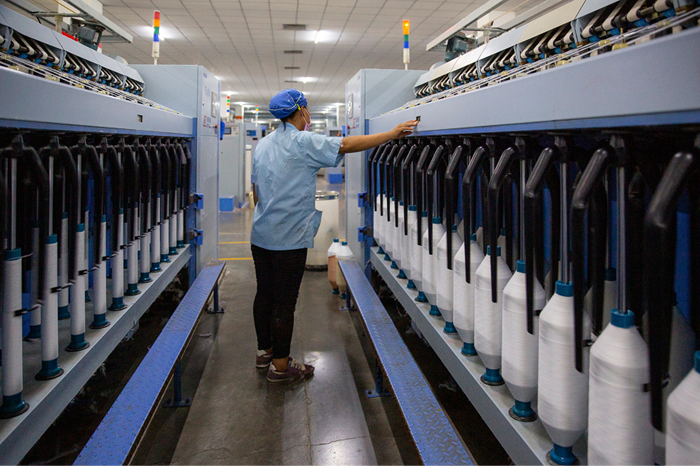
Famous for its heritage tourism of Angkor Wat as the largest religious structure on earth, Cambodia is now rapidly branching out as a global sourcing destination with some all-new trade licenses. The Regional Comprehensive Economic Partnership (RCEP) trade deal as well as the Cambodia-China Free Trade Agreement (CCFTA) implemented from January 1, 2022 has given a new lease of life to the country’s trade growth in the post-pandemic era within just a year.
Trade pacts RCEP and CCFTA bring hope
These two trade pacts ensure a more diversified export product portfolio which will help to integrate Cambodia into a more prosperous regional and global economy. Experts feel they could help the country move up from its least developed country status in just five years in 2028 and then further focus on achieving its milestone of becoming an upper-middle income country in 2030 and a high-income nation by 2050
The RCEP is a free trade agreement (FTA) between 10 member states of the Association of Southeast Asian countries and it can raise Cambodia's exports between 9.4 per cent and 18 per cent annually now that Cambodia has joined it. The CCFTA will also help in ratifying the bilateral FTA with China, which aims to increase the trade of goods by reducing and eliminating tariffs. A recent Cambodian government report has shown that the country’s trade with RCEP member countries was valued at $24 billion during the January-September 2022, which was up 11 per cent year-on-year, while its bilateral trade with China also increased in the past year.
As per Ministry of Commerce undersecretary of state and spokesman Penn Sovicheat both RCEP and the CCFTA are catalysts for long-term and sustainable trade growth and the two trade pacts are a magnet to attract more FDI to the country. Higher FDIs means more new capital and new job opportunities. He feels trade growth is only moderate now as there hasn’t been enough recovery time after the, but growth will be far higher in 2023 and beyond due to the RCEP and CCFTA deals.
He feels Cambodia stands to gain a lot from these FTAs because although they are a small country, they have already become a part of regional and global supply chains, and already specialized in producing garments, shoes, travel goods, part components, and bicycles for export to the world. The RCEP and the CCFTA free trade agreements will mutually open the market in all participating countries and give the farmers choices to export their agricultural products to various countries. For a small country, it will give an extra edge to having a larger market access with preferential tariffs and also become a part of regional and global supply chains. With specialized export segments such as garments, shoes, travel goods, part components and bicycles among others, these two trade licenses will open up further opportunities for exports to more countries and a diversified portfolio.
The 15 Asia-Pacific countries that are members of the RCEP, the world's largest trading organization, include 10 ASEAN and their five trading partners of China, Japan, South Korea, Australia and New Zealand. As a Joseph Matthews, a senior professor at the BELTEI International University in Phnom points out, this agreement holds huge potential for all participating countries to boost their trade and investment and to quicken their economic recovery from the COVID-19 pandemic. Under the RCEP deal, all member countries will reap long-term benefits by integrating further into regional and global supply chains and creating new jobs for their respective people.












